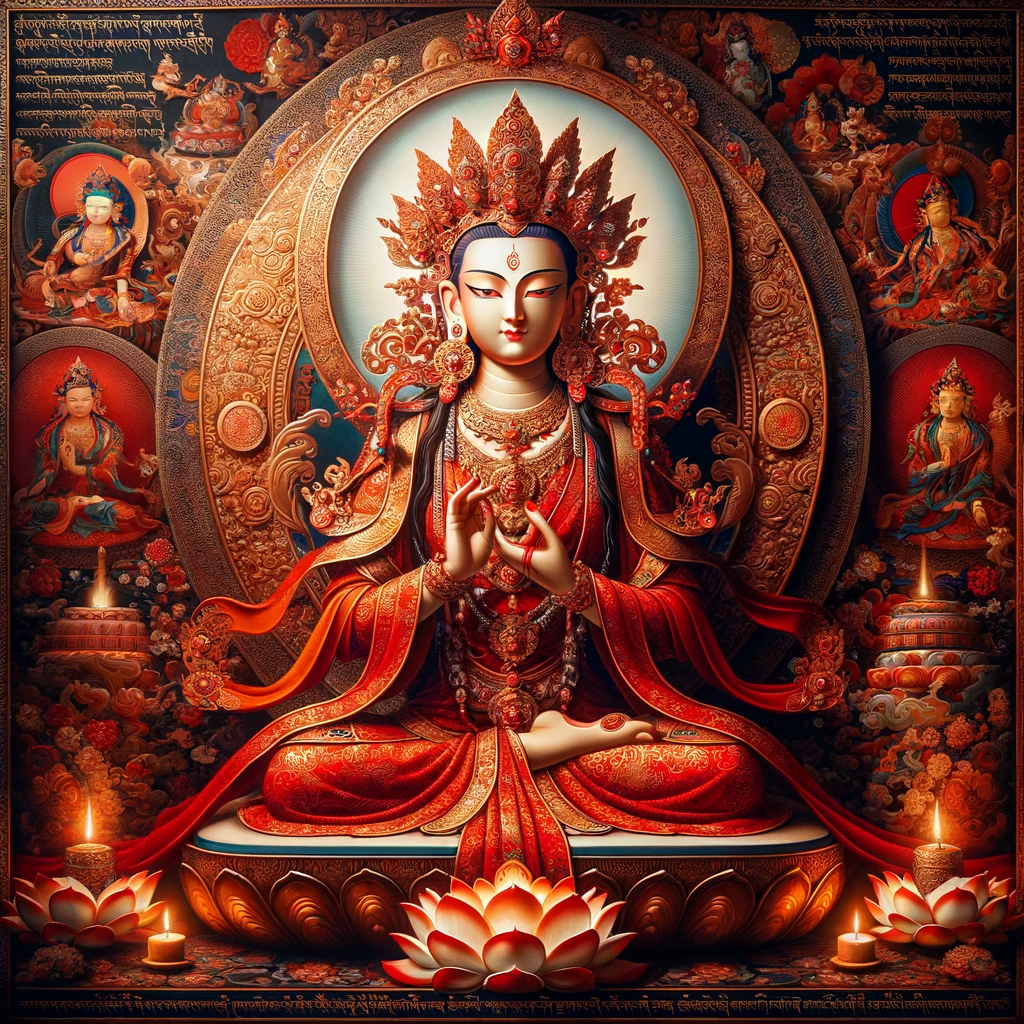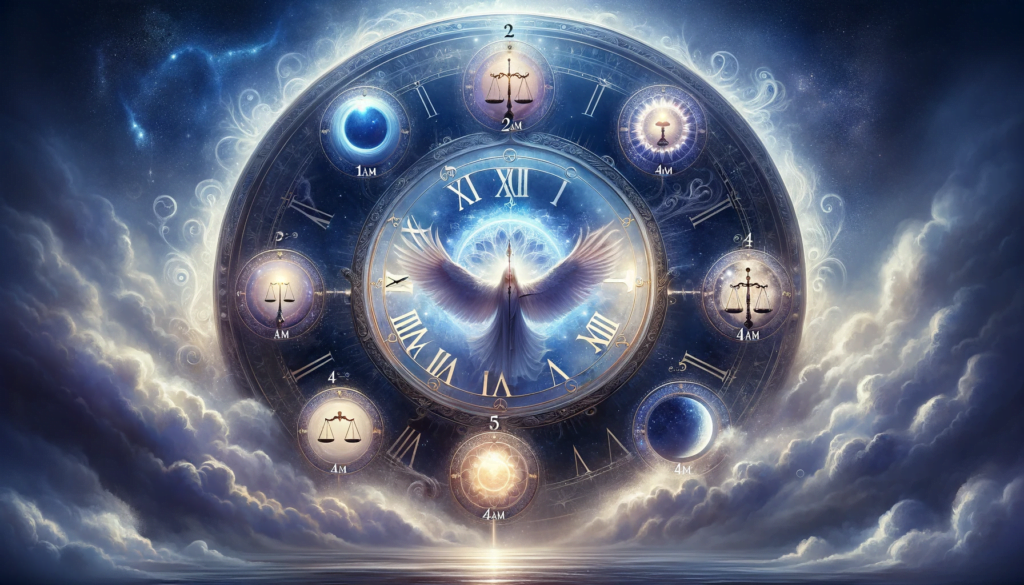The Enigmatic Red Tara Mantra
Throughout history, mantras have played a significant role in various spiritual practices. One such powerful mantra is the Red Tara Mantra, which holds immense wisdom and mysticism. In this article, we will delve into the depths of the Red Tara Mantra and explore the ancient wisdom it holds.
Understanding Red Tara
Red Tara, also known as Kurukulla, is a prominent figure in Tibetan Buddhism. She is considered a fierce and powerful deity who embodies compassion, love, and transformation. Red Tara is often depicted as a beautiful young woman adorned with red garments and jewels.
Her mantra, Om Tare Tam Soha, is chanted by practitioners to invoke her blessings and guidance. This mantra is believed to have the power to remove obstacles, bring good fortune, and awaken the innate qualities of compassion and wisdom within oneself.
The Meaning Behind the Mantra

Each syllable of the Red Tara Mantra holds deep significance:
- Om: This syllable represents the universal sound, the primordial vibration from which everything arises.
- Tare: This syllable represents liberation and freedom from suffering. It is associated with the goddess Tara, who is known for her swift and compassionate action.
- Tam: This syllable symbolizes protection and the dispelling of negative energies. It is believed to shield the practitioner from harm.
- Soha: This syllable is a mantra-ending that signifies the completion of the mantra and the sealing of its power.
When chanting the Red Tara Mantra, each syllable is imbued with intention and visualization, allowing the practitioner to connect with the energy and wisdom of Red Tara.
The Ancient Wisdom of Red Tara

The Red Tara Mantra is not just a collection of sounds; it is a powerful tool for spiritual growth and transformation. By chanting this mantra, one can tap into the ancient wisdom and energy of Red Tara, allowing for deep healing and inner awakening.
Here are some key aspects of the ancient wisdom embodied by Red Tara:
- Compassion: Red Tara represents the boundless compassion that resides within all beings. By connecting with her energy through the mantra, one can cultivate and expand their own capacity for compassion.
- Transformation: Red Tara is associated with the transformative power of wisdom. Chanting her mantra can help one overcome obstacles, break free from limitations, and embrace personal growth and transformation.
- Protection: The Red Tara Mantra is believed to offer protection from negative energies, obstacles, and harmful influences. It creates a shield of positive energy around the practitioner, keeping them safe and secure.
- Awakening: The Red Tara Mantra has the potential to awaken the dormant qualities of wisdom and compassion within oneself. By regularly chanting this mantra, one can deepen their spiritual practice and experience profound inner awakening.
How to Practice Chanting the Red Tara Mantra

Chanting the Red Tara Mantra can be a deeply personal and transformative practice. Here are some steps to guide beginners and seasoned practitioners alike:
- Find a Quiet Space: Choose a peaceful spot where you won’t be disturbed. This can be a dedicated meditation area in your home or any quiet corner.
- Create a Ritual: Light candles or incense to set the mood. You may also want to have an image or statue of Red Tara to help focus your intention.
- Adopt a Comfortable Posture: Sit in a comfortable position, keeping your back straight. This helps in maintaining alertness during the practice.
- Begin with Breathing Exercises: Take a few deep breaths to center yourself. This prepares your mind and body for the chanting.
- Chant with Intention: Recite the mantra, ‘Om Tare Tam Soha’, out loud or silently. Focus on the meaning of each syllable and visualize Red Tara’s qualities infusing your being.
- Repeat and Meditate: Continue chanting for a set number of times or duration. Meditate on the mantra’s vibrations and the qualities of Red Tara.
- Close with Gratitude: After chanting, sit quietly for a few moments. Acknowledge the spiritual journey you’ve embarked upon and express gratitude to Red Tara.
Benefits of Chanting the Red Tara Mantra

Incorporating the Red Tara Mantra into your spiritual practice can offer numerous benefits:
- Enhanced Compassion and Empathy: Regular chanting helps cultivate a deeper sense of compassion and empathy, not only for others but also for oneself.
- Mental Clarity and Focus: The meditative aspect of chanting can improve concentration and mental clarity, reducing stress and anxiety.
- Emotional Healing: The mantra’s vibrations can promote emotional healing, helping to release past traumas and fostering a sense of inner peace.
- Spiritual Growth: Engaging with this ancient practice can accelerate spiritual development, deepening your connection to the divine.
- Increased Positive Energy: Chanting the mantra can help in dispelling negativity, bringing about a sense of positivity and joy in daily life.
By practicing the Red Tara Mantra, you are not only engaging with a rich spiritual tradition but also embarking on a journey of self-discovery and personal transformation.
Conclusion
The Red Tara Mantra is a powerful tool for spiritual growth, healing, and transformation. Its ancient wisdom holds the key to unlocking our innate qualities of compassion, wisdom, and protection. By chanting this mantra with devotion and intention, one can embark on a profound journey of self-discovery and awakening.
So, why not incorporate the Red Tara Mantra into your spiritual practice and experience its transformative power for yourself?

